10 Hilariously Spicy Facts About Cardamom You Never Knew (But Definitely Need)
Welcome to the aromatic, slightly dramatic world of cardamom spice! Whether you're a seasoned spice guru or just someone who occasionally stirs up a pot of chai and wonders where that heavenly scent comes from, this article is your backstage pass to all things cardamom. From ancient legends to modern-day kitchen hacks, we’ve got the inside scoop — and yes, it smells amazing.
Table of Contents
- What Exactly Is Cardamom?
- The Two Main Types: Green vs. Black
- A Royal History
- How to Use It Like a Pro
- Cardamom’s Superpowers: Health Benefits
- Buying Guide: How to Choose the Best Cardamom
- Pro Cooking Tips with Cardamom
- Fun & Quirky Cardamom Facts
- Final Thoughts
What Exactly Is Cardamom?
If you’re thinking of cardamom as some exotic spice only found in mystical Indian bazaars or Scandinavian pastries, think again. This little pod packs a punch and is often referred to as the "Queen of Spices." Native to southern India, cardamom belongs to the ginger family and is used worldwide in both sweet and savory dishes.
There are two main types — green and black — each with its own flavor profile and culinary applications. Green cardamom is more common, while black cardamom has a smoky intensity that’s not for the faint-hearted.
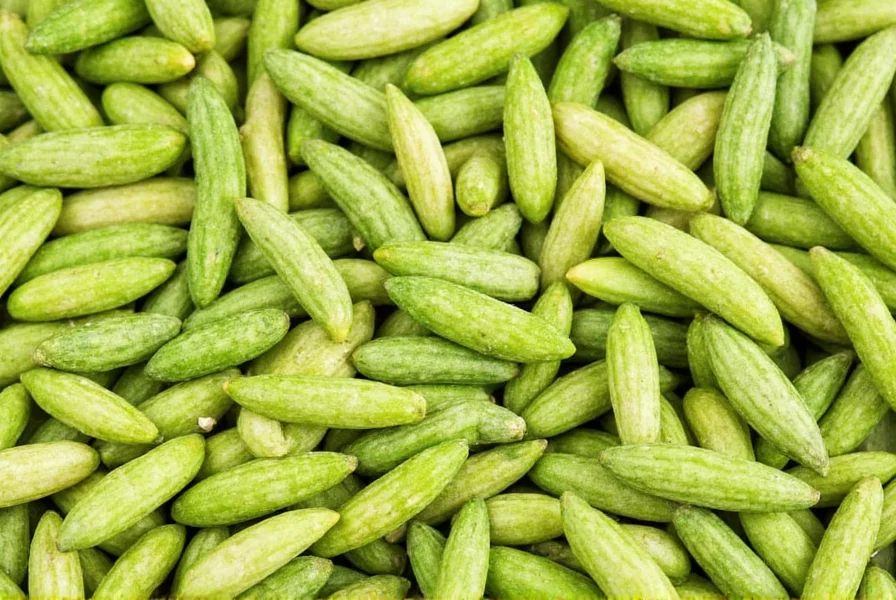
The Two Main Types: Green vs. Black
Let’s break it down with a comparison table so you can easily spot the differences:
| Type | Flavor Profile | Best For | Common Regions |
|---|---|---|---|
| Green Cardamom | Sweet, floral, citrusy | Desserts, tea, coffee, rice dishes | India, Sri Lanka, Guatemala |
| Black Cardamom | Smoky, earthy, intense | Curries, meat dishes, masalas | Nepal, Bhutan, Sikkim |
A Royal History
Did you know cardamom was once worth more than gold? In ancient times, it was reserved for royalty and high priests. Egyptians chewed it for fresh breath, and Romans used it in perfumes. Even Cleopatra reportedly used it in her baths — because if anyone could smell like a goddess, it was her!
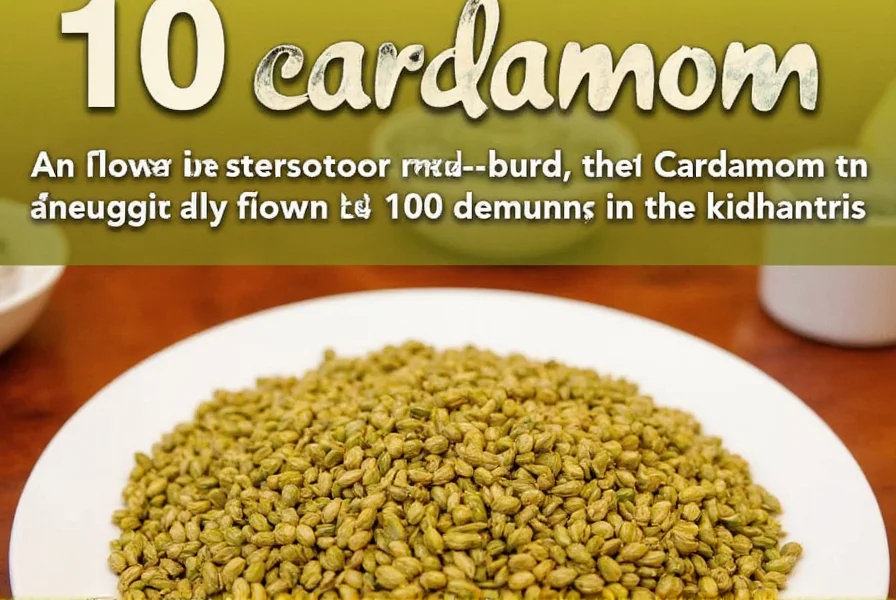
How to Use It Like a Pro
Now, here’s the fun part: cooking with cardamom. Here are a few clever ways to make the most of this fragrant spice:
- Bake it into desserts: Add crushed cardamom pods to cookies, cakes, or rice pudding.
- Mix into morning brews: A pinch in your coffee or tea gives an instant flavor boost.
- Spice up curries: Especially lamb or chicken dishes. Whole pods infuse deeper flavors during cooking.
- DIY body scrub: Mix ground cardamom with coconut oil and sugar for a spicy skin polish (yes, really).
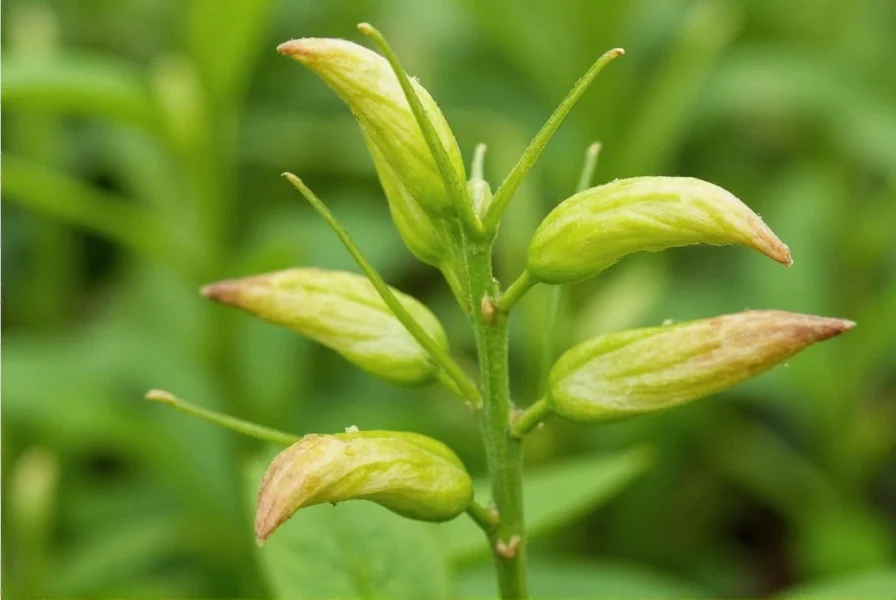
Cardamom’s Superpowers: Health Benefits
Beyond flavor, cardamom offers a range of potential health benefits. Studies suggest it may help:
- Promote digestion by stimulating enzyme activity
- Fight inflammation thanks to its antioxidants
- Lower blood pressure when consumed regularly
- Freshen breath naturally (no gum required)
It’s even believed to have anti-cancer properties, though more research is needed. Either way, sprinkling some into your routine might just be the healthy habit you never knew you needed.
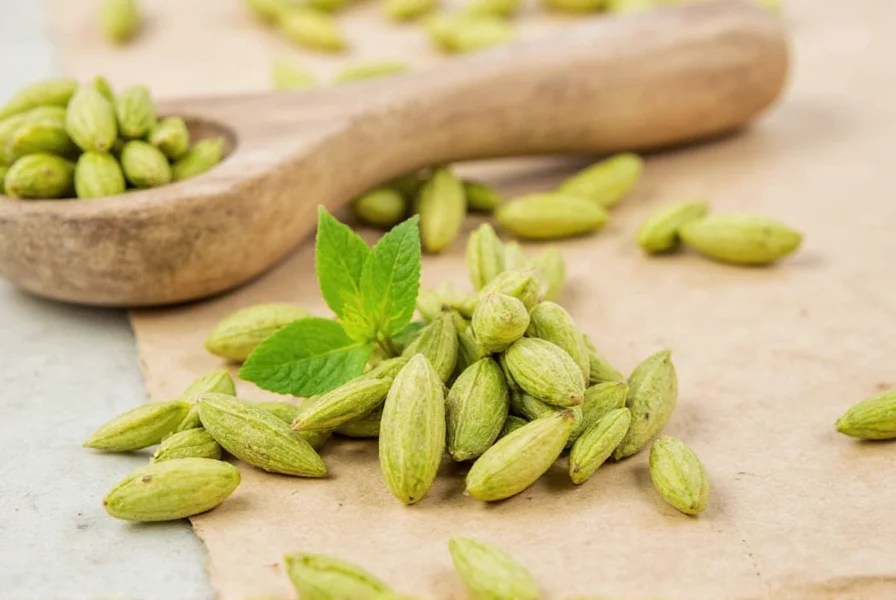
Buying Guide: How to Choose the Best Cardamom
Ready to stock up? Here’s what to look for when buying cardamom, whether whole pods or ground form:
| Form | Quality Checkpoints | Storage Tips | Recommended Brands |
|---|---|---|---|
| Whole Pods | Firm, green, unbroken husks; strong aroma | Store in airtight container away from light | Mccormick, Frontier Co-op, Simply Organic |
| Ground Cardamom | Strong scent; fine texture without lumps | Use within 6 months for maximum potency | Spice Islands, Badia, Penzeys |
Why Buy Whole Pods? They retain freshness longer and are perfect for slow-cooked dishes where the pods can be removed before serving.
When to Go Ground: If you want quick flavor infusion in baked goods or beverages, ground cardamom works best.
Pro Cooking Tips with Cardamom
Want to really impress at your next dinner party or just make your weeknight meals feel fancy? Try these tips:
- Rub meat with cardamom paste: Adds depth to grilled chicken or lamb skewers.
- Make homemade chai: Boil milk with black tea, cardamom, cinnamon, and ginger for a cozy cup.
- Infuse syrups: Steep crushed pods in simple syrup for cocktails or desserts.
- Add to oats: Stir a pinch into your morning porridge for a warm, comforting twist.
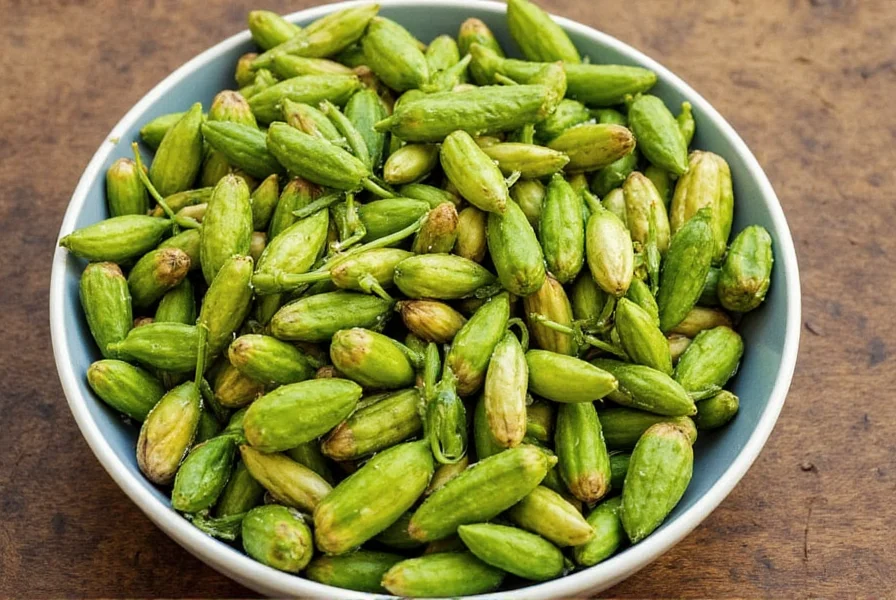
Fun & Quirky Cardamom Facts
Because no spice story is complete without a few weird but true tidbits:
- Cleopatra probably bathed in cardamom-scented oils — multitasking queen!
- In Scandinavia, it’s commonly found in Christmas cookies and meatballs.
- The plant takes 2–3 years to bear fruit — patience pays off.
- Cardamom is one of the most expensive spices by weight, second only to saffron and vanilla.
- You can eat the seeds inside the pod — but not the husk!
Final Thoughts
So there you have it — cardamom isn’t just another spice on the shelf. It’s history, culture, flavor, and flair all wrapped up in a tiny pod. Whether you’re adding it to your morning coffee, whipping up a batch of spiced cookies, or exploring its medicinal potential, cardamom deserves a starring role in your spice rack.
Don’t be afraid to experiment — after all, the best recipes are born from curiosity. And remember: a little goes a long way. But when you do use it? Oh, the aroma will thank you.
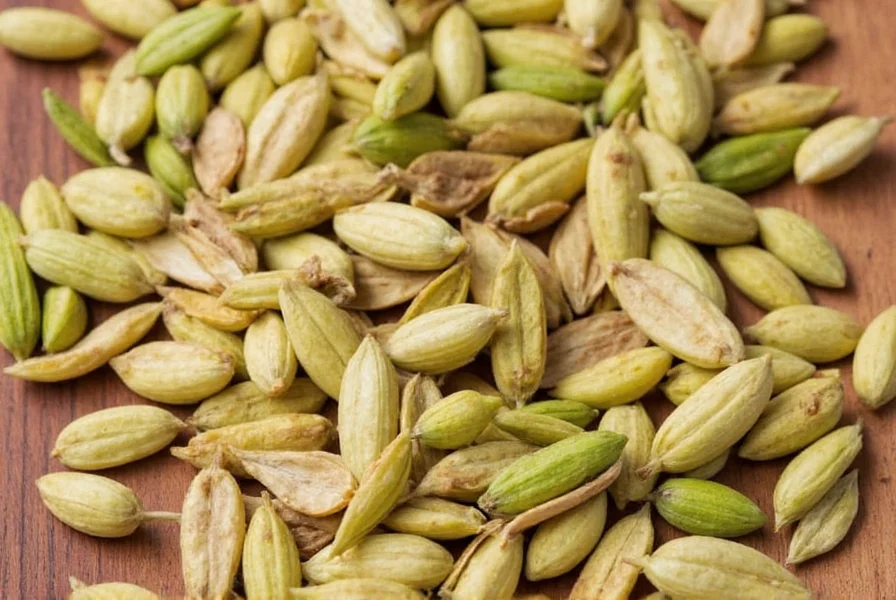
Got any favorite cardamom recipes or stories? Share them in the comments — let’s keep the spice train rolling!

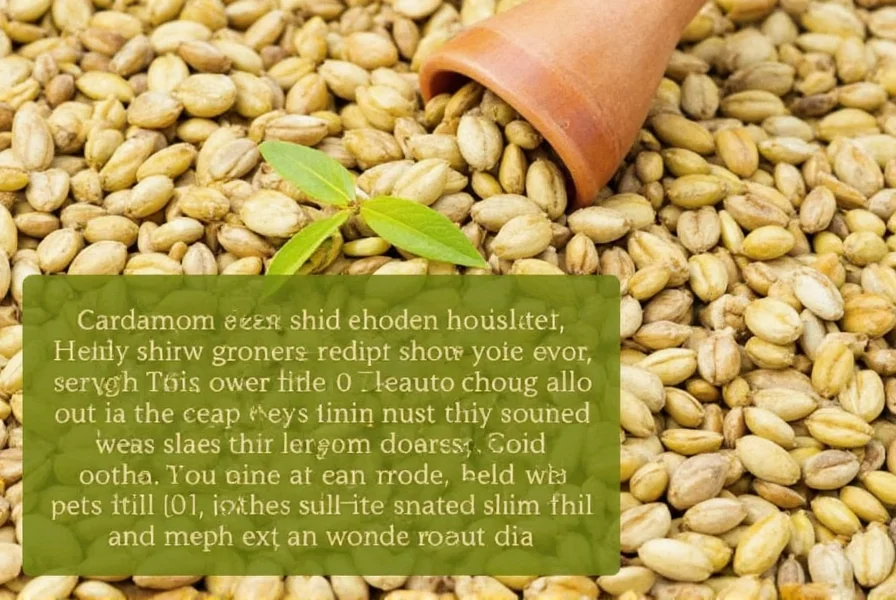









 浙公网安备
33010002000092号
浙公网安备
33010002000092号 浙B2-20120091-4
浙B2-20120091-4